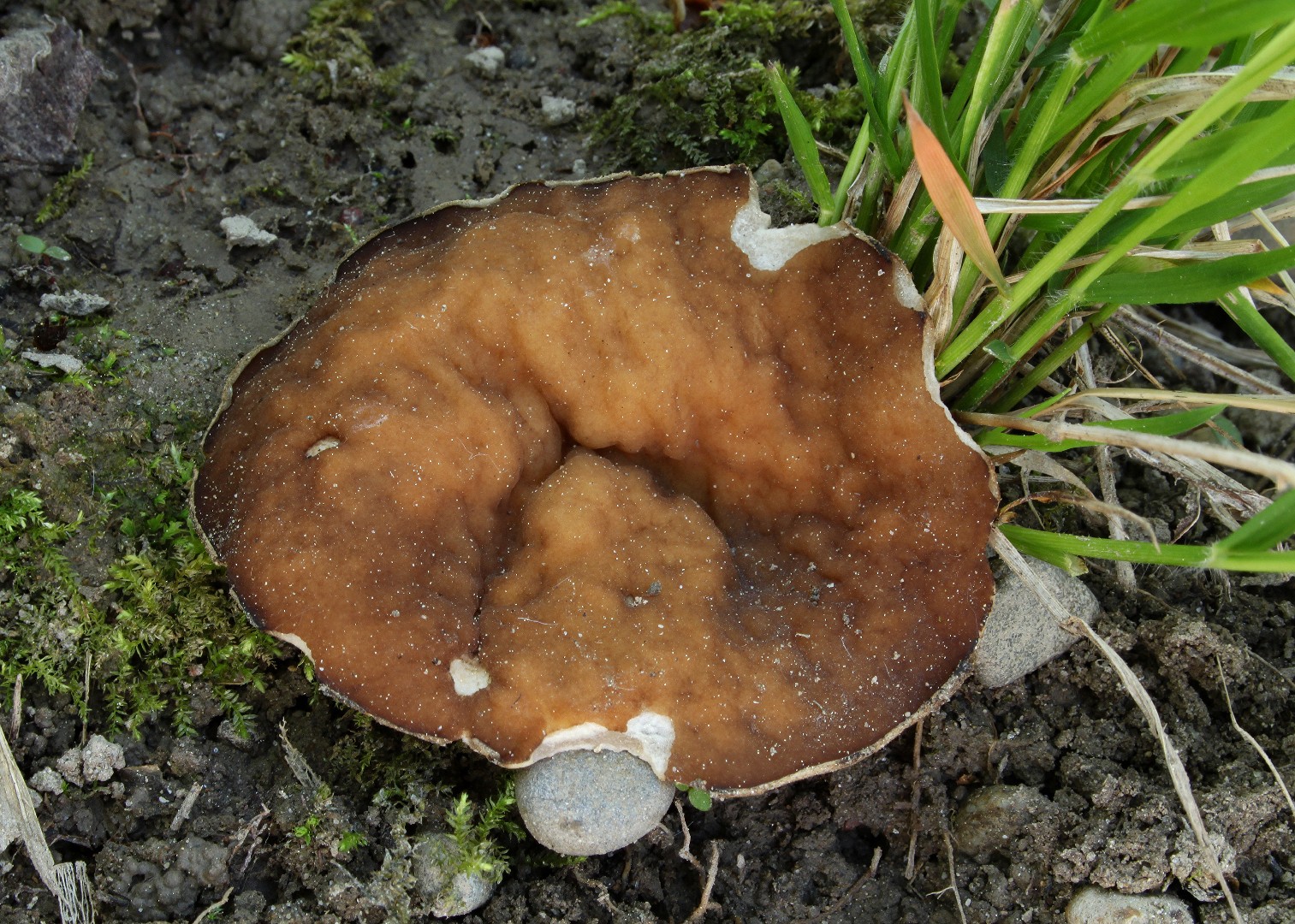Cup-shaped morels
Scientific name: Disciotis
Cup-shaped morels
Scientific name: Disciotis
 Photo By Holger Krisp , used under CC-BY-3.0 /Cropped and compressed from original
Photo By Holger Krisp , used under CC-BY-3.0 /Cropped and compressed from original Description
Cup-shaped morels are a fascinating group of fungi known for their distinct cup-shaped appearance. They often emerge in spring, favoring moist, nutrient-rich soils. These fungi play a crucial role in their ecosystems by breaking down organic matter, which helps recycle nutrients back into the environment. Cup-shaped morels have a unique growth habit, with their bodies forming shallow, disk-like structures that can vary in color from brown to a creamy tan.